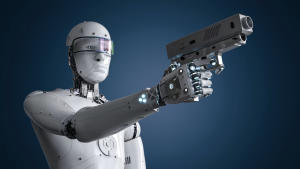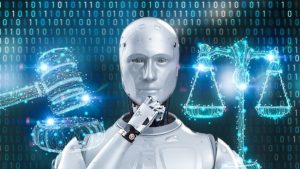It is easy to think that Artificial Intelligence (AI) is still far away from having any life and death influence on us. However, we are here to tell you otherwise. AI is already playing a role in modern warfare, and its role is only becoming bigger and bigger. We are here to tell you why AI is used in modern warfare, how AI is used, and if AI is the bringer of peace or doom. We think that the only chance AI will be the bringer of peace is when there are clear rules and a framework installed for using such AI.
WHY (NOT) AI FOR MILITARY PURPOSES?
Why would we even use AI in modern warfare? The reason is quite simple. We want to use AI in modern warfare because autonomous robots are cheaper, hardier, faster, and more expendable than humans. And like it or not, AI is smarter than us, they are more accurate, as well as faster in decision making than human beings. However, AI is not limited to only autonomous robots, it has many shapes and forms. For this article, we will divide the use of AI into three parts of military applications. The first one being machines that act without human supervision, the second one is AI that processes and interprets large volumes of data, and the last one is aiding, conducting, and controlling the war.
You might be thinking that AI indeed has many pros, but you should also be aware of the cons. Any AI-powered system has at least one serious bug that can be attacked by enemies. Also, AI learns from the data we give it. This means that it will learn biases as well as not being able to look further than the mistakes of past human choices. At the moment, we are not using autonomous weapons because they are not smart enough yet. In an environment that is known to the machines they will score more accurate. However, when they end up in unknown environments, they become useless as they will make a lot of mistakes.
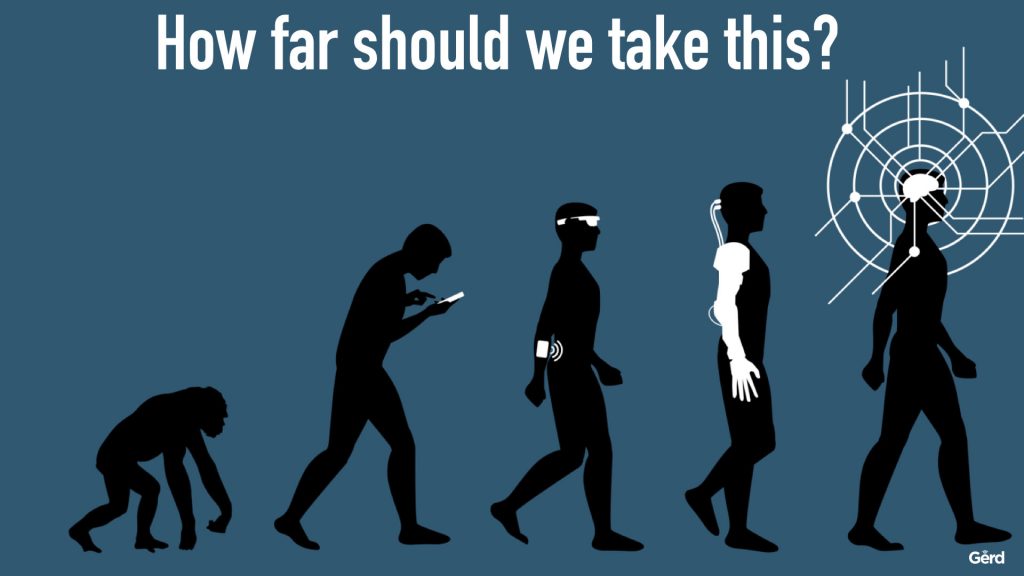
THE THREE MILITARY APPLICATIONS
The first application elaborates on using machines without human supervision. You might be thinking about robotic soldiers. As experts are still working on these, the robotic soldiers are still something for the future as they are less talented in walking and running, which are quite important qualities of soldiers. In other words, an army full of robotic soldiers isn’t happening (yet). What happens if we would mix an army of human soldiers with robotic ones? Well, research has shown that the robots seem more like a liability than something positive for the human soldiers. The human soldiers were distracted by them, which led to worse performance. Even a slight negative change is of uttermost importance as we are talking about lives here. Another machine that falls into this category is the drones. Countries are quite busy perfecting them into actual killer drones. Soon, they will be able to air micro missiles with a precision that outperforms any human.
The second application is using AI to process a large amount of data. The data isn’t always from the enemy but can also come from their troops. AI is used to predict engine failures in helicopters. By using such predictive maintenance, one could reduce work and save a lot of money. Besides that, AI will also be used for optimizing competence, manipulating human behavior, and revolutionizing the methods by which conventional data is distributed. To further elaborate, today’s battlefields are crowded with civilians, to minimize the effect of innocent people getting hurt we can use AI to aid the military in discovering critical positions. This will save the lives of innocent civilians.
The latter application defines that AI will be able to aid, conduct and even control war. Through predictive modeling and fast data processing AI will be able to come up with whole attack plans in no time. Where usually there are multiple soldiers used that brainstorm for days, AI can come up with multiple plans in a couple of hours, if not faster. In Israel, there is an AI firm called Uniqai, that helps generals to plan missions at a fast pace. The algorithm, Northern Arrow, serves various options with all an explanation for the general to choose from. This is an example of how AI will be a game-changer in decision-making in real-world war fighting.
THE (UN)PEACEFUL SCENARIOS
Until now we have explained the cons and pros of using AI for military purposes, as well as dividing it into several examples of military applications. Next, we have outlined some scenarios divided into doom- and peace scenarios.
THE DOOM SCENARIOS
AI Weapon Race
Using robots during warfare dated from the second world war, where they used US’s ‘Aphrodite’ drones or the Soviet’s tele-tanks. First of all, we will start with the well-known race between countries. In the past, it was the race to the moon, the race of nuclear weapons and now it is the race of AI. You may be wondering which country is winning. From our intel, we can tell that China has invested by far the most money in the AI Military market. We also know that China is not dirty from using tech to spy on its civilians. China wants to lead the world of AI by 2030. Putin predicted:
“Whoever becomes the leader in this sphere will become the ruler of the world”.
Knowing that Russia is building machine soldiers, other countries are investing more in AI military forces to compete in this race. Russia has already outlined an AI strategy for 2030 that includes developing machine soldiers. As a response, the British government, United states and China are investing hundred millions of dollars in Military AI.

AI is moving with such a speed and complexity that we are scared that humans will not catch up. China is taking the lead in data usage, while America is leading the chip technology development, which is an important component in processing huge datasets that power AI applications. The outcome of this race will not only result in autonomous weapons but an automated battlefield. The consequence of using AI will mean more accurate and rapid strikes. This could either increase surprise attacks or help to defend those. Even if we do not know what the future holds. One thing is sure, and that is that countries will not stop developing because no one wants to risk falling behind their rivals.
Accidental start of War
This rush into using AI for military purposes might lead to accidental wars between nations. Accidental because these could happen only on the note of miscommunication. For example, China is quite aggressive in the use of drones, as no humans are controlling it, they even hold quite a lot of contests. However, if other countries would see this, they might think this is an attack and as a response start a war. This attitude is called cyber warfare, where countries will intrude in ways they wouldn’t necessarily risk if humans were involved. So, the problem is that we don’t have a framework for the use of it. Countries around the world have yet to define “the norms of armed conflict” for autonomous systems. And the longer that continues, the greater the risk for “unintentional escalation.” Putting this all together, what is needed is new approaches. We don’t need bigger data, we need better data. Data that is representative of all the world’s diversity. We need machine learning algorithms used to complement rather than compete with their human counterparts and whose limitations are factored into their usage. We need social platforms that foster debate rather than division, that emphasize our commonalities rather than our contradictions.
Besides happening accidentally, AI is also giving war a lower threshold. Different norms and values are used against humans and AI. E.g. People care less if robots would fight than when humans do.
Big Brother is becoming real
To train AI you need a lot of data. This data is often accessed without one’s knowledge and might even be against one’s wants. This is happening in some Chinese states. Where data is used to manipulate people into doing, what the Chinese government thinks, is right. From past failures, we have learned that data is imperfect and when imperfect data is used, it will most indefinitely have a negative outcome. Are you aware that the government is spying on you? AI is more and more used in warfare and espionage.
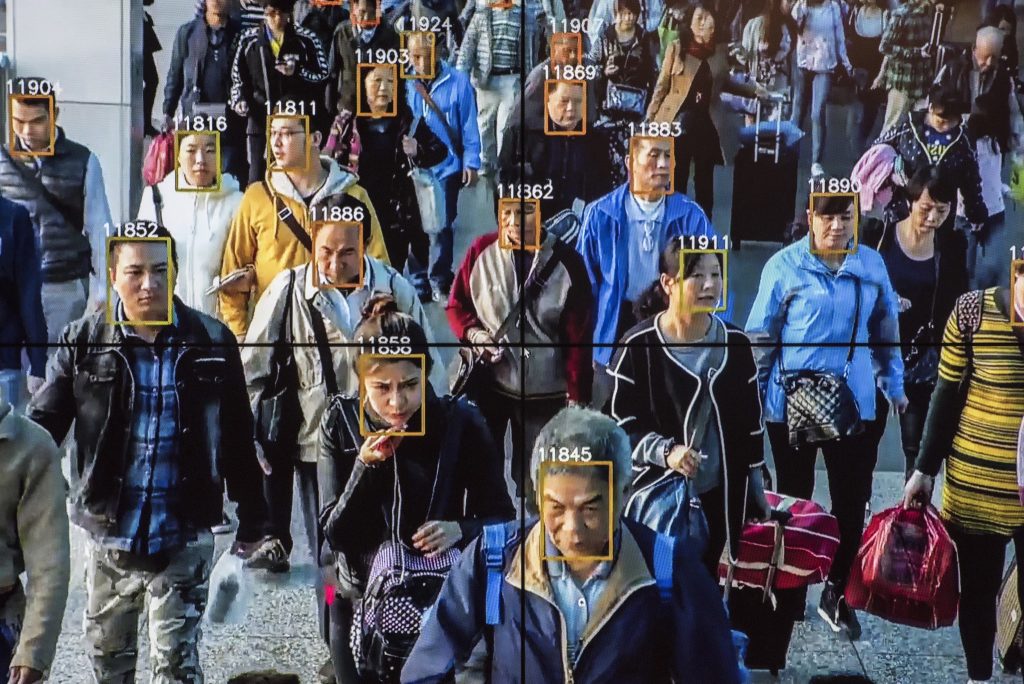
We understand that upon reading these doom scenarios you become distrustful of using AI for modern warfare. However, we think that AI can be the bringer of peace. Let us further elaborate on the peace scenarios.
THE PEACE SCENARIOS
Conflict Prediction
Many factors could influence national delicate situations into conflicts. Think of politics, social society, immigration, economics, etc. Weisi Guo is a researcher that is developing an AI machine that could predict conflicts around borders. In this video made by Shira Pinson & Richard Gray, Weisi Guo describes how this works and how this will help society.
The machine learns from the data of all the different layers of factors that have influence to conflicts. Predicting when and where the conflict will escalate into war, or food shortages may lead to famine, may help peacekeepers like the United Nations and aid agencies to intervene before they fall into a humanitarian disaster.
Support
Due to the accessibility of data from what people do and say, and the growth in the computational capacity, AI will contribute to solve daily problems or support us. Two ways came into mind.
Firstly, an example of how AI can help with imaging techniques. The prediction of water depletion can be done by analyzing land subsidence or sinking. This is done with satellite and drone images of the land. Thereafter, AI will use these images to make predictions and help governments and/or local communities.
Secondly, AI is adjusting to the medical field. It is going to be used as a diagnostic system based on symptoms and detecting injuries or diseases with image recognition on MRIs and X-Ray photos. There are many more AI applications in healthcare.
These two examples are only a fraction of the possibilities of how AI can support us to gain social and medical welfare.
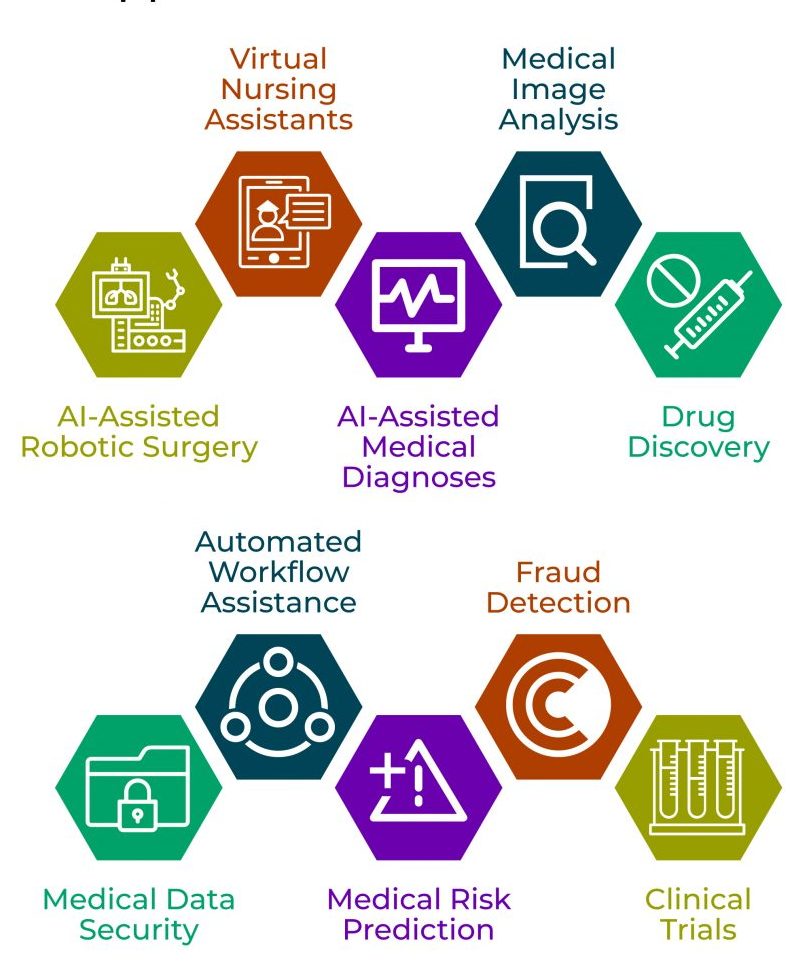
No cultural or language barriers
According to Honkela, machine learning can be used in the long term as positive. He says,
“Artificial intelligence and machine learning can be used for something positive within a longer timescale. It becomes realistic; it is even now. It’s not foolish, and it has ground.”
Machine Learning technology can contribute to peace with, for example, translation. The field of Natural Language Processing is becoming better and better. A few years ago, many didn’t have confidence in the machine translation software, while currently many can’t live without Google Translate for their text messages, reading articles, or even writing this article. Honkela believes that In the next 10 years, it will greatly increase the possibility of human collaboration and communication.
Machines and artificial intelligence can’t substitute human beings, but they can provide knowledge, possibilities, and support for peace processes. Those processes are often about understanding the language, culture, and marginalization. Although it is a hard task to make a machine multidisciplinary, the approach is to use computer science, linguistics, language philosophy, psychology, sociology, cognitive science to build the peacemaker. This requires a lot of training data. Luckily, humans wrote over 100 million books. So, there is the training data if the machine can learn from those books.
AI AS THE BRINGER OF PEACE
Due to the rise of AI military applications in different countries, there is also a rise in ethical issues. We need to have clear rules and a framework to avoid a war. Rules need to be about who is guilty when something bad happens, the country, manufacturer, or the general? How far are we allowed to go in innovation? Is there a limit to how we can use them? Who should uphold this framework? The many questions can only be answered by gathering country and company representatives along with researchers and scientists to discuss the possible scenarios and how to counter it. There are organizations like PAX that are trying to accomplish this. This corporation should result in a plan of how AI should be developed and the usage of it.
TO CONCLUDE
Ever since the second world war technology has been used in warfare. In this article, we looked at the pros, cons and sketched some future scenarios. Besides the technical challenges, other important factors are the awareness, framework, and regulation of AI. We believe that with a set of rules and a worldwide accepted framework we can ensure that AI will help us achieve peace instead of doom. Most of the responsibility to regulate is for the governments. Especially as a collaboration. Although it is a political issue, the awareness and attention among the citizens is also important, because it will influence their lives directly. One thing is for sure AI will be the future in warfare and our daily lives.
